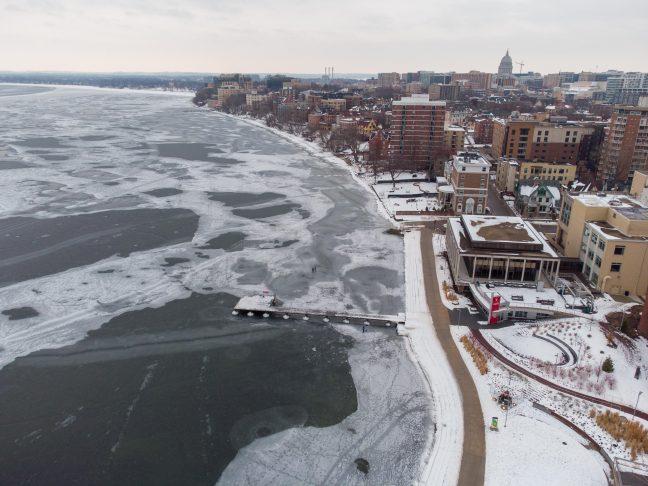A 1,200-year-old dugout canoe was discovered by Tamara Thomsen and Mallory Dragt one Saturday morning in June when they decided to test underwater scooters under Lake Mendota.
The two women are employees at Diversions Scuba and use underwater scooters as mechanical machines to propel them about the water, according to the Wisconsin State Journal.
Thomsen and Dragt detected the canoe by spotting what they originally thought was a log. But after the two questioned the probability of a log sticking out of the bottom of a 9,781-acre lake, they realized they might have stumbled upon something more significant, according to the Wisconsin State Journal.
Wisconsin State Archeologist Jim Skibo and his fellow archeologists, including Tamara Thomsen, would often discuss the underwater vessel of Lake Mendota in their meetings at the Wisconsin Historical Society.
“Finally, I just stopped and said, ‘Well, tell me more about the canoe.’ And so, they showed me pictures, and I went to the site,” Skibo said.
Immediately, Skibo thought the canoe looked old, and it was odd that it was in such a great state of preservation. That is when Skibo decided to get a carbon-14 dating analysis.
A couple weeks later, after further examination, the carbon-14 detected on the vessel indicated the canoe was not only approximately 1,200 years old but also the oldest untouched and intact boat ever found in Wisconsin waters.
One of the top experts on the effigy Mound builders of Wisconsin, Amy Rosebrough, said this discovery is incredibly rare.
“We don’t really have anything like this from Wisconsin,” Rosebrough said. “We have found pieces of dugouts before in various lakes, [but] nothing this intact and nothing this old. It’s a fragile piece.”
The canoe will one day find a home in the planned additional Historical Society museum on Capitol Square. Before the new facility is built, however, the canoe needs to undergo a litany of procedures, according to the Wisconsin State Journal.
Skibo said after many hours in and out of the field preparing for a successful recovery, the team is incredibly proud of the work accomplished by the divers, archaeologists and supporting staff involved with the project.
“The emotional response from of people on the shore, some people were crying, and people were certainly clapping, it made me realize that this kind of recovery activity plays a special role in people’s minds and hearts,” Skibo said.


